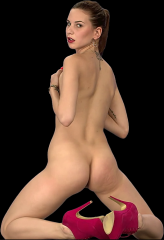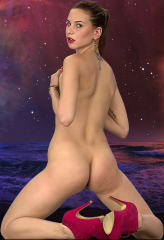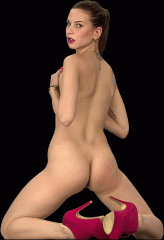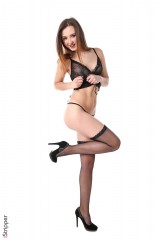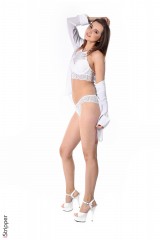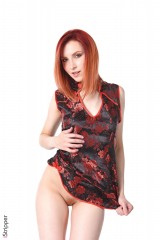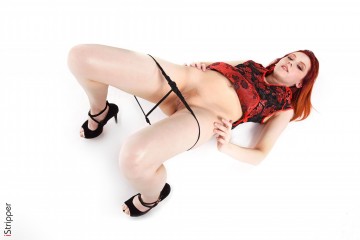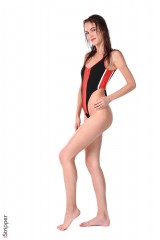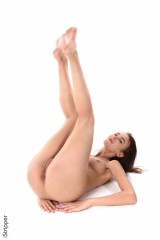Share your FullScreen - Member Created Scenes here
Todo sobre iStripper
August 17, 2019, 2708 respuestas
@polymorph
No tutorial as such, but i can tell you what i know
1. Linear = performs the action once, ie you can make the camera move from its starting position to some other position and that it, no more camera movement after that.
2. Pinpong = performs the action once and then repeats the action in the opposit direction, ie the camera moves from its starting position, moves to the new position and then moves back to the original starting position, then it repeats thais process over and over.
3. Zoom
there are two ways to zoom you can either alter the postion of the camera, or you can alter the angle of the camera (3d cameras only)
So what i do is i start with something like this:
camera {
type: 3D
angle: 15
pos: 900, 850, 3750
target: 0, 1125, -100 (this is the starting position x , y , z (ie left right , up/down , in/out)
ambient: 0.8, 0.0, 0.0
animate: 22, pingpong , inoutcosine , angle , -5, 0, 0 (controls the Zoom)
animate: 22, pingpong , inoutcosine , target , -500, 0, 0 (controls left/right movement)
animate: 15, pingpong , inoutsine , target , 0, -1150, 0 (controls up/down movement)
so for this scene the camera starts at the point x=0 y=1125, then it moves to the left 500 pixels (i guess) over 22 seconds and then back to 0, then repeats (thats the -500 in the 2nd line) and at the same time over 15 seconds its moves upwards from y=1125 to y= -25 then repeats (thats the -1150 in the 3rd line) then over 22 seconds the camera zooms from angle 15 degrees to angle 10 (thats the 1st line) and all of this happens at the same time and creates the movement for your scene. Then all you do is play around with the timings to get the right ratio between the movements so that the camera goes where you want it to, and thats done just by trail and error.
The inoutcosine stuff, this controls how the motion is, ie is is smooth, is it jerky etc etc there is a whole list of differnet commands that you can use to do this, and you just experiment with them to get the desired effect.
Available movement curves:
// Linear, InQuad, OutQuad, InOutQuad, OutInQuad, InCubic, OutCubic, InOutCubic, OutInCubic,
// InQuart, OutQuart, InOutQuart, OutInQuart, InQuint, OutQuint, InOutQuint, OutInQuint,
// InSine, OutSine, InOutSine, OutInSine, InExpo, OutExpo, InOutExpo, OutInExpo,
// InCirc, OutCirc, InOutCirc, OutInCirc, InElastic, OutElastic, InOutElastic, OutInElastic,
// InBack, OutBack, InOutBack, OutInBack, InBounce, OutBounce, InOutBounce, OutInBounce,
// InCurve, OutCurve, SineCurve, CosineCurve, BezierSpline, TCBSpline, Custom, NCurveTypes
hope that helps, have fun creating your scenes, looking forward to seeing what you produce.

